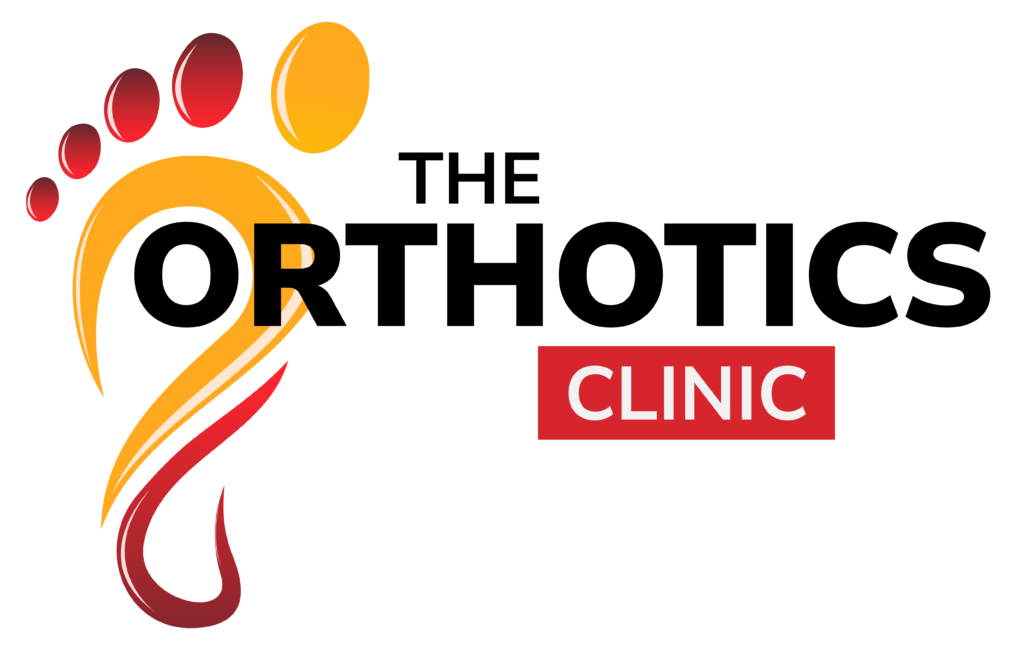Spina Bifida
Spina bifida is a congenital condition that occurs when the neural tube, which forms the spine and spinal cord during early pregnancy, fails to close completely. This defect can lead to an opening in the spine, resulting in varying degrees of nerve damage and physical disabilities.

Types
Spina bifida is a congenital condition that occurs in varying degrees of severity, primarily categorised into three types:
Spina Bifida Occulta
The mildest form, often asymptomatic, where there is a small gap in the spine but no significant nerve involvement.
Meningocele
A rare type where a sac of fluid protrudes through the opening in the spine, but the spinal cord remains intact.
Myelomeningocele
The most severe form, where both the spinal cord and nerves are exposed, leading to significant complications.
Symptoms
The symptoms of spina bifida can vary widely depending on the type and severity of the condition:
Weakness or Paralysis
Many children with myelomeningocele experience weakness or total paralysis in their legs, particularly if the defect is located higher on the spine.
Loss of Sensation
There may be a loss of skin sensation in the legs and around the bottom, resulting in an inability to feel hot or cold, which increases the risk of injury.
Deformities
Physical deformities such as clubfoot or scoliosis (curvature of the spine) may also occur.
Bowel and Bladder Issues
Children often face bowel incontinence and urinary incontinence due to disrupted nerve pathways that control these functions.
Learning Difficulties
While most individuals with spina bifida have normal intelligence, some may experience learning difficulties, particularly if hydrocephalus is present.
Other Neurological Symptoms
Depending on severity, children may also experience issues with balance, coordination, and muscle control.


Orthotic Treatment
Typical orthotic treatment for children with spina bifida involves the use of various orthotic devices tailored to the individual needs of the child, depending on the severity of their condition and specific mobility challenges. Here are some common types of orthoses used in the management of spina bifida:
Ankle-Foot Orthoses (AFOs)
AFOs provide crucial support to the foot and ankle, helping to control movement and maintain alignment. They are often used to prevent foot drop and improve stability during walking
Knee-Ankle-Foot Orthoses (KAFOs)
These devices extend above the knee and are used for children with more significant mobility impairments. KAFOs help support the entire leg, allowing for better weight-bearing and ambulation.
Other Neurological Symptoms
Depending on severity, children may also experience issues with balance, coordination, and muscle control.
Reciprocating Gait Orthoses (RGOs)
These advanced orthoses allow for a more natural walking pattern by using a cable system that coordinates movement between the legs. RGOs are often used for children with significant lower limb weakness.
Foot Orthoses
These custom insoles or shoe inserts help correct foot alignment, providing additional support and comfort during activities.
Hip-Knee-Ankle-Foot Orthoses (HKAFOs)
HKAFOs are complex devices that provide support to the hip, knee, ankle, and foot. They are typically used for children with higher levels of paralysis to facilitate standing and walking.
Goals of Orthotic Treatment
The primary goals of orthotic treatment in children with spina bifida include:
Maintenance of Alignment
Ensuring proper joint alignment to prevent deformities.
Prevention of Contractures
Reducing the risk of muscle shortening and joint stiffness.
Facilitation of Mobility
Supporting independent movement and ambulation.
Protection
Safeguarding insensate limbs from injury.
Orthotic intervention is usually part of a comprehensive treatment plan that may also include physical therapy, occupational therapy, and regular orthopaedic assessments to monitor progress and adjust treatment as needed. Early intervention is key to optimising outcomes and enhancing the child’s quality of life.

